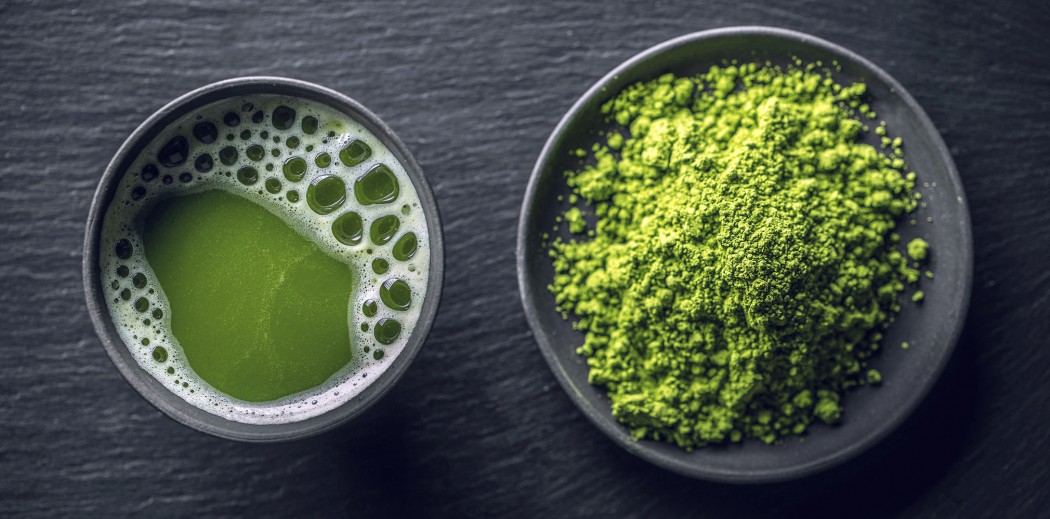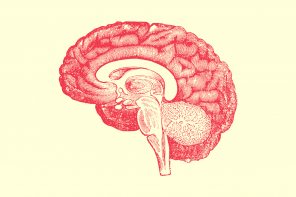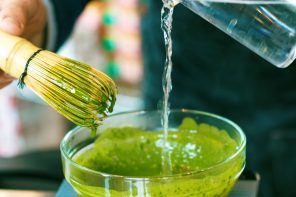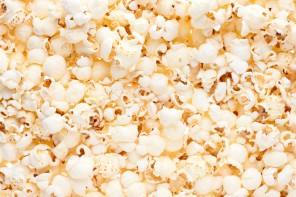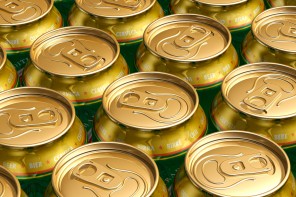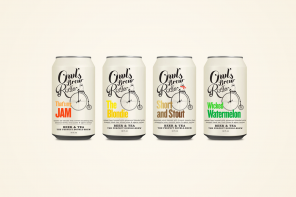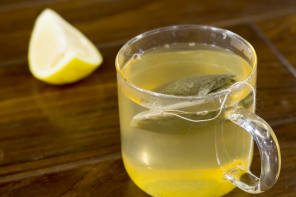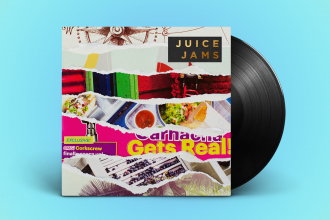Despite dating back a millennium, matcha has only recently come to be in vogue around the United States. From restaurants that dust the neon green powder over desserts, to full blown matcha-only cafes, this form of green tea has reached a height of food-trend hysteria matched only by another leafy green (have you had your kale smoothie yet today?).
Matcha does actually come from the same plants as the green tea packets that linger around the back of your kitchen cabinet for years. However, there are several steps in the process of making it that are quite different – primarily in the way it is harvested. About three weeks before the leaves are hand-picked, the green tea plants are covered so that leaves are shaded from direct sunlight. This gives the leaves a darker shade of green. They are then harvested, steamed and laid out flat to dry. Finally, the leaves are ground with stones into one of the finest powders in the world.
The tea is traditionally brewed by whisking the powder with hot water using a bamboo whisk called a chasen – although you’re more likely to find it blended into a latte these days. While the process of crushing leaves into powder and then whisking it into water originated in China, the most popular growing regions today are in Japan.
Now that we know what matcha is we can turn our attention to why matcha has suddenly become so popular – which ultimately comes down to two things. First, matcha has a caffeine content comparable to coffee but with some differences in how our body processes it.
“Coffee is the usual go-to drink early in the morning for New Yorkers,” says Daniel Mentado, Cafe/Gastrohall Supervisor at New York City’s newly opened Union Fare. “But, because coffee wakes you up so quickly, it also causes you to crash as soon as you finish the cup. Matcha, on the other hand, has a more prolonged release of caffeine throughout your day; therefore, making you more alert, focused, and calm.”
An 8 oz cup of coffee has about 95 mg of caffeine. A latte (with two shots of espresso) has about 128 mg. A cup of matcha will have about 70 mg of caffeine, but, as Daniel says, it is dispersed over a longer period of time giving it a more lasting impact.
The second reason matcha has come to be held in such high regard is that many believe it has health benefits beyond a caffeine kick.
“I’ve also learned that matcha contains the mighty epigallocatechin gallate (EGCG) which is linked to many health benefits that include fighting cancer properties,” says Daniel.
It is also believed that matcha is high in antioxidants which is true of any green tea, but a main difference in matcha is that you’re drinking the entire ground leaf, whereas in traditional green tea you’re only drinking the water it’s steeped in.
Whether you take your matcha in the traditional style or in a Union Fare Matcha Latte with lavender syrup, chances are you’ll be singing its praises pretty soon.

